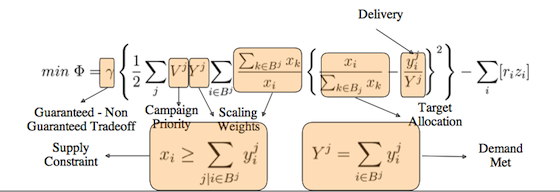Google CEO Eric Schmidt gave the keynote address at the Interactive Advertising Bureau’s “Ecosystem 2.0” conference. As reported, he explained that [our emphasis]:
“The smartphone is the iconic device of our time,” Schmidt told the record IAB audience of 750 in Palm Springs, California. A year ago, he added, he predicted that mobile use would surpass PCs within two years. “It happened two weeks ago. And the PC is not going to catch up,” Schmidt said, as he labeled the new era, “Mobile First.”…The hyperlocal potential of mobile, Schmidt continued, means that smartphones and tablets bring a practical application to marketing that no other medium can match: A connection that will lead you to the store, open the door, and direct you to a product you need. “A RadioShack ad can tell you where you are and how to get to the nearest store.” And equipped with Near Field Communication chip (NFC), the newest generation of smartphones not only can tell you what to buy, it can enable a tap-and-pay transaction…Think of the offers mechanisms for advertisers,” Schmidt offered. “We’ve spent 20 years trying to get here. And now there’s an explosion in commerce. Particularly for the consumer who says, “I want to buy something and want to buy it right now,” he added, “We can do it.”
And, in large part, that capability means that mobile media consumption “is happening faster than all our internal predictions.”
Some 78% of smartphone internet users already use their smartphones as they shop. And, as consumer comfort with – and acceptance of – new mobile technology continues, Schmidt envisions “a world, in the very near future, where computers remember things and you never need to worry about forgetting anything. You want it to remember something and it will. And you’re never lost. No one is ever lost. You never turn off the [mobile device] and you’ll always know where you are. And where you want to go….”
 That’s the formula Yahoo is using to please its largest advertisers, explains an article in
That’s the formula Yahoo is using to please its largest advertisers, explains an article in